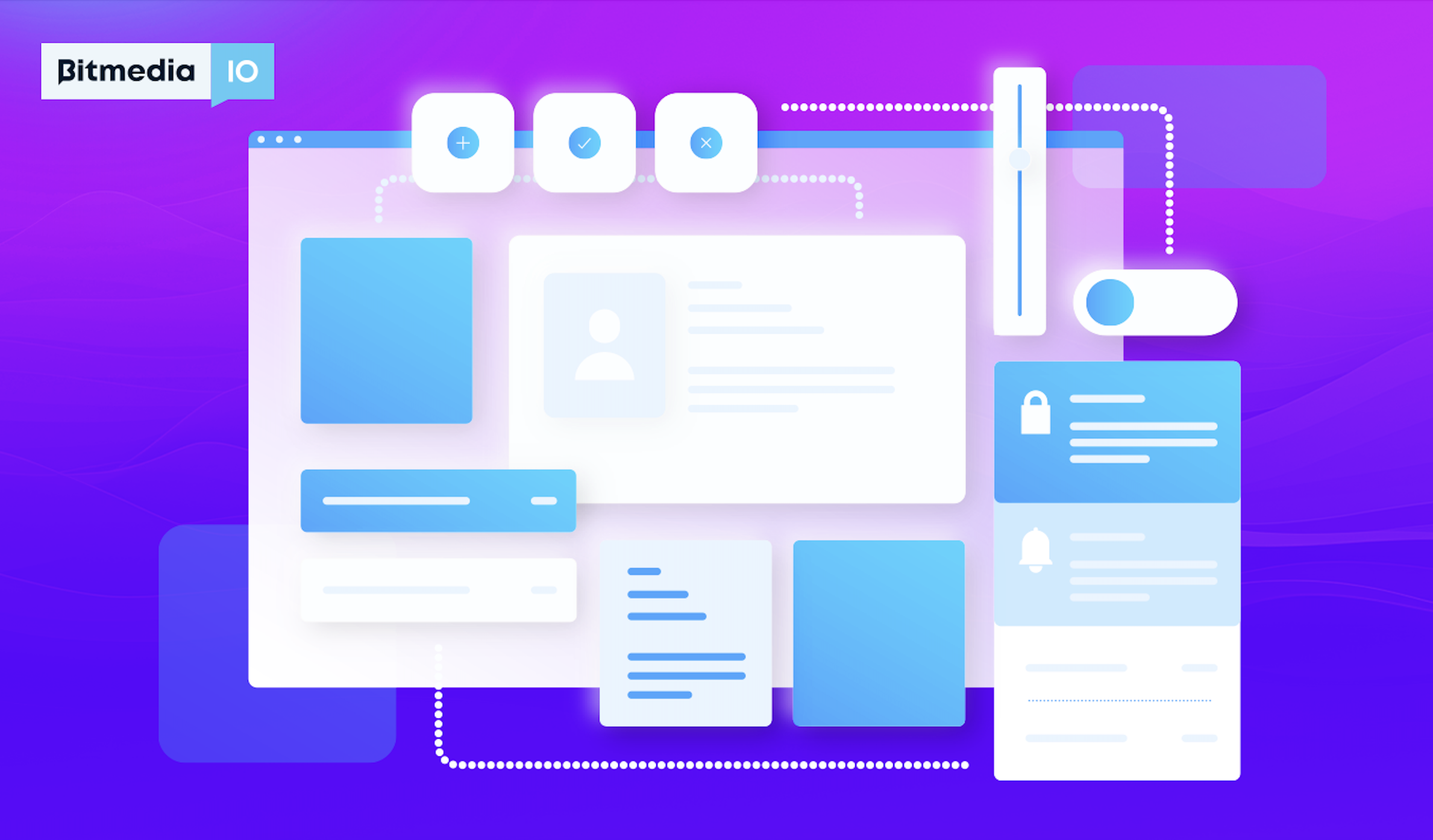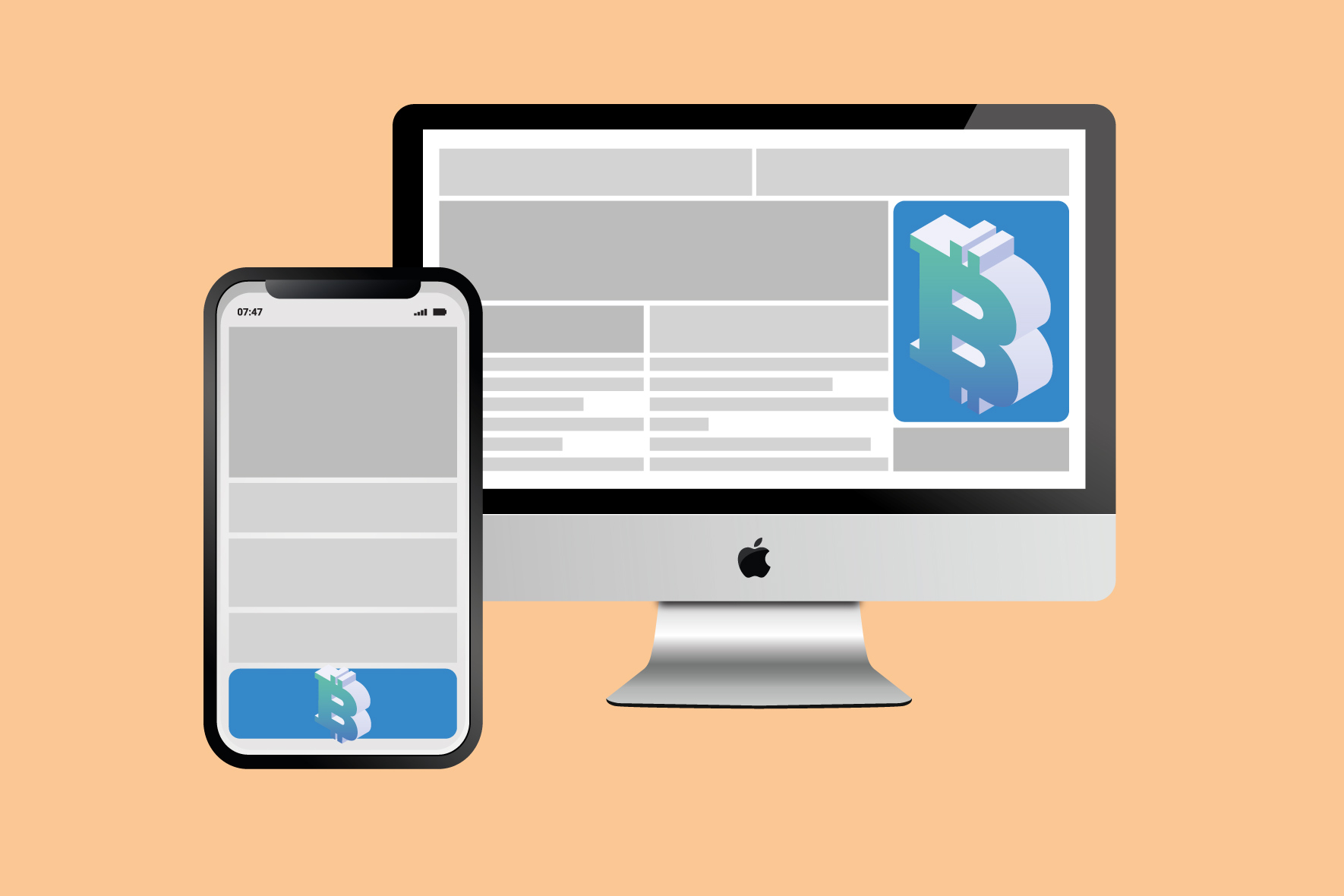Banner Display Advertising vs. Native Ads: What’s Better

The importance of a strong online presence can’t be overstated for all businesses, no matter the size or sector. While there is no shortage of online ads to choose from, it all boils down to one criterion: what is the absolute best type for your business and brand? The choice between banner display advertising and native ads can have a huge impact on the success of your digital marketing efforts. Dive deeper into our comparison of native ads and banner display ads to make an informed decision when the time comes to boost your online presence.
What Are Banner Ads?
Banner ads, also recognized as display ads, are one of the oldest forms of online advertising. This form was born in the mid-’90s and has evolved beyond recognition since then. Since their first examples, banner ads consistently helped brands across various industries. They have their strengths and weaknesses, which we will cover soon.
The first display ad was a simple image-based rectangle at the top of a website.
These ads now offer a variety of sizes and technological capabilities, including:
- HTML5 banners that feature animations and interactive elements.
- Video banners that combine storytelling through moving images.
- Interstitial banners that pop up between content, demanding user attention.
Despite their low average CTR (click-through rate), display ads present substantial advantages for marketers looking to maximize their reach. They offer a broad sweep across various ad networks and platforms, ensuring visibility via high-quality images to a wide or niche audience. The array of available formats caters to diverse campaign goals, from static images for brand awareness to rich media for interactive experiences. Additionally, display ads come equipped with the potential for advanced targeting.
Types of Banner Ads
1. Leaderboard Banners
Leaderboard banners are typically strategically placed to make them the first thing a user will see upon landing on a page, making them one of the more desirable banner ad formats for advertisers.
2. Skyscrapers
Skyscraper ads are commonly located on the sides of a webpage, similar to the columns of a building. Skyscrapers can be very effective due to their extended presence on a page as a user scrolls down.
3. Rectangle Ads
Rectangle ads are typically embedded within the content of a webpage or at the end of articles. These ads are effective because they can be placed in the ‘natural reading flow’ of a webpage. That means they can achieve higher engagement rates.
Bitmedia delivers impactful banner ad campaigns tailored to your brand’s needs. From simple text to complex HTML5 banners, whether for concise messages or information-rich presentations, ensure your banner ads grab attention and convey your story effectively.
Pros and Cons of Banner Ads
| Pros of Banner Ads | Cons of Banner Ads |
| Wide Reach: Access to a broad audience across numerous platforms and websites. | Low Engagement: Display ads typically suffer from low click-through rates (CTR). |
| Diverse Formats: Variety of creative formats from static images to rich media. | Ad Blindness: Tendency for users to ignore banner ads due to overexposure. |
| Advanced Targeting: Ability to use retargeting and programmatic buying for precise audience targeting. | Ad Blockers: High usage of ad-blocking tools can reduce visibility. |
| Brand Awareness: Effective for building recognition due to prominent placement. | Cost: Can be expensive to secure premium ad space. |
| Measurable: Analytics for clicks and impressions allow for tracking effectiveness. | User Experience: This can be intrusive, leading to a negative brand perception. |
What Are Native Ads?
Native ads, also known as sponsored content and we ads, are a more recent development in online advertising, just like content discovery platforms. Native ads work in a way to blend in with the editorial content of the platform on which they appear. Unlike traditional banner ads, native ads don’t really look like ads at first glance because they mimic the look, feel, and function of the media content in which they are placed. It’s a content marketing manager’s favorite.
- Content-driven formats that match the look and feel of the editorial flow, making them less obtrusive.
- Sponsored social media posts that appear directly in a user’s feed, akin to the content they consume from friends and family.
- Recommendation widgets that suggest further reading or products, integrating with user interests and behaviors.
Despite the blending in with the content, native ads are still effective in driving user action and engagement, boasting a higher average click-through rate (CTR) than traditional display ads. This is due to their non-disruptive nature, which aligns with the user’s online experience. They capitalize on the interest generated by the content to encourage clicks and conversions.
Types of Native Advertising
1- In-feed Units
In-feed units, or in-feed ads, appear in a user’s social feed or on a website’s article list, integrated to look like part of the platform’s content. They are designed to be engaging and relevant to the user’s interests.
2- Promoted Listings
Found primarily on e-commerce sites, promoted listings appear similar to regular listings. Their goal is to be subtle and drive sales by appearing in the context of the shopping experience.
3- Content Recommendations
These are often seen at the bottom of articles, suggesting related content or products. They’re integrated in a way that suggests they are a natural extension of the content the user is already enjoying.
Pros and Cons of Native Ads
| Pros of Native Ads | Cons of Native Ads |
| High Engagement: More likely to be read and shared, leading to better engagement rates. | Transparency: Can be seen as misleading if not clearly labeled as sponsored content. |
| Seamless Integration: Blend with the platform’s content, providing a non-disruptive user experience. | Content Restrictions: Limited to the design and content parameters of the host platform. |
| Better Click-Through Rates: Tend to have higher CTR than traditional display ads. | Production Costs: Can be more costly to produce due to content creation requirements. |
| Resistant to Ad Blockers: Less likely to be blocked as they are part of the content flow. | Platform Dependency: Performance is heavily reliant on the platform’s user base and design. |
| Increased Brand Trust: Association with trusted content creators can boost credibility. | Scaling: May be challenging to scale across different platforms while maintaining content quality. |
Native Ads vs. Banner Ads
Here is a list of key differences:
| Banner Ads | Native Ads | |
| Visibility and Design | Eye-catching design, risk of intrusiveness, and susceptibility to ad blindness. | Subtle, blends with content for a seamless user experience. |
| User Engagement | Lower engagement, scalable, good for brand visibility. | Higher engagement, storytelling approach, more shareable. |
| Campaign Goals | Drives specific actions (sales, sign-ups) and broad-market outreach. | Builds brand value, loyalty, and engagement over time. |
| Cost Implications | Lower cost per click, budget-friendly. | Higher upfront costs, may lower cost per acquisition due to engagement. |
| Target Audience and Traffic Quality | Versatile targeting, mass or niche segments. | Appeals to a defined audience, higher quality traffic, rather than lower quality traffic |
| Performance Metrics | Measured by impressions, clicks, and CTR; suitable for A/B testing. | Focus on time spent, social media ads, comments, and other deeper engagement indicators. |
| Creativity and Content | Requires clear messaging, compelling CTA, and creative design. | Demands valuable native content, aligns with audience interests, and platform integration. |
| Retargeting Potential | Powerful for retargeting, reminds users of previously viewed products/services. | Used for storytelling, more for nurturing leads than direct conversion. |
| Long-Term Marketing Strategy | Maintains brand awareness and keeps brand top-of-mind. | Builds brand story, thought leadership, and lasting brand perception. |
| Integration with Other Marketing Efforts | Can be part of a broader programmatic strategy. | Requires close integration with content marketing strategies. |
| Flexibility and Control | More control over ad frequency and placement, optimizable. | Nuanced effectiveness tied to user experience and context. |
Bitmedia is a specialized force in digital advertising, focusing on the power of banner ads to reach a wide online audience. You can leverage Bitmedia’s expertise to elevate your brand perception to new heights and increase brand awareness.


